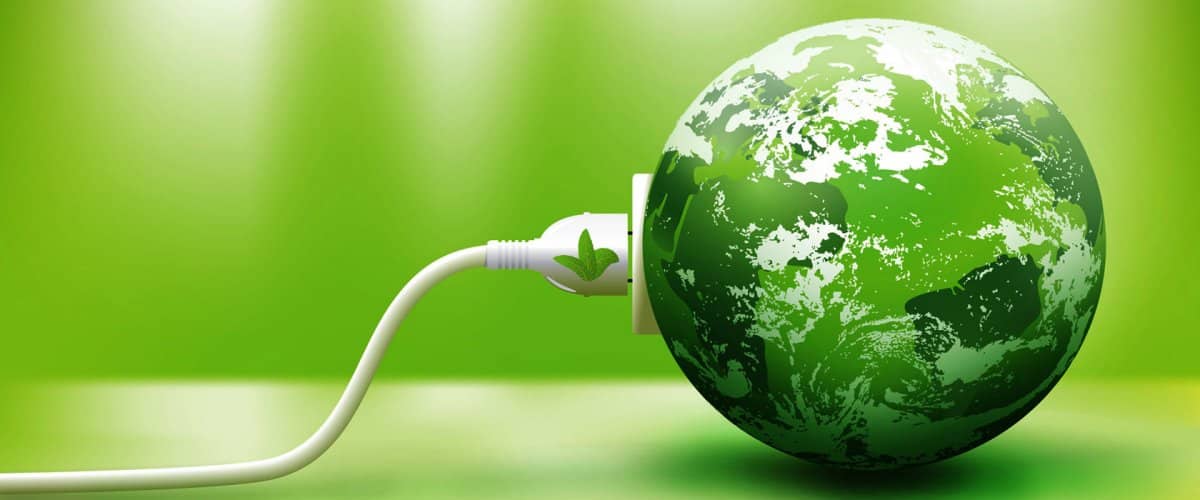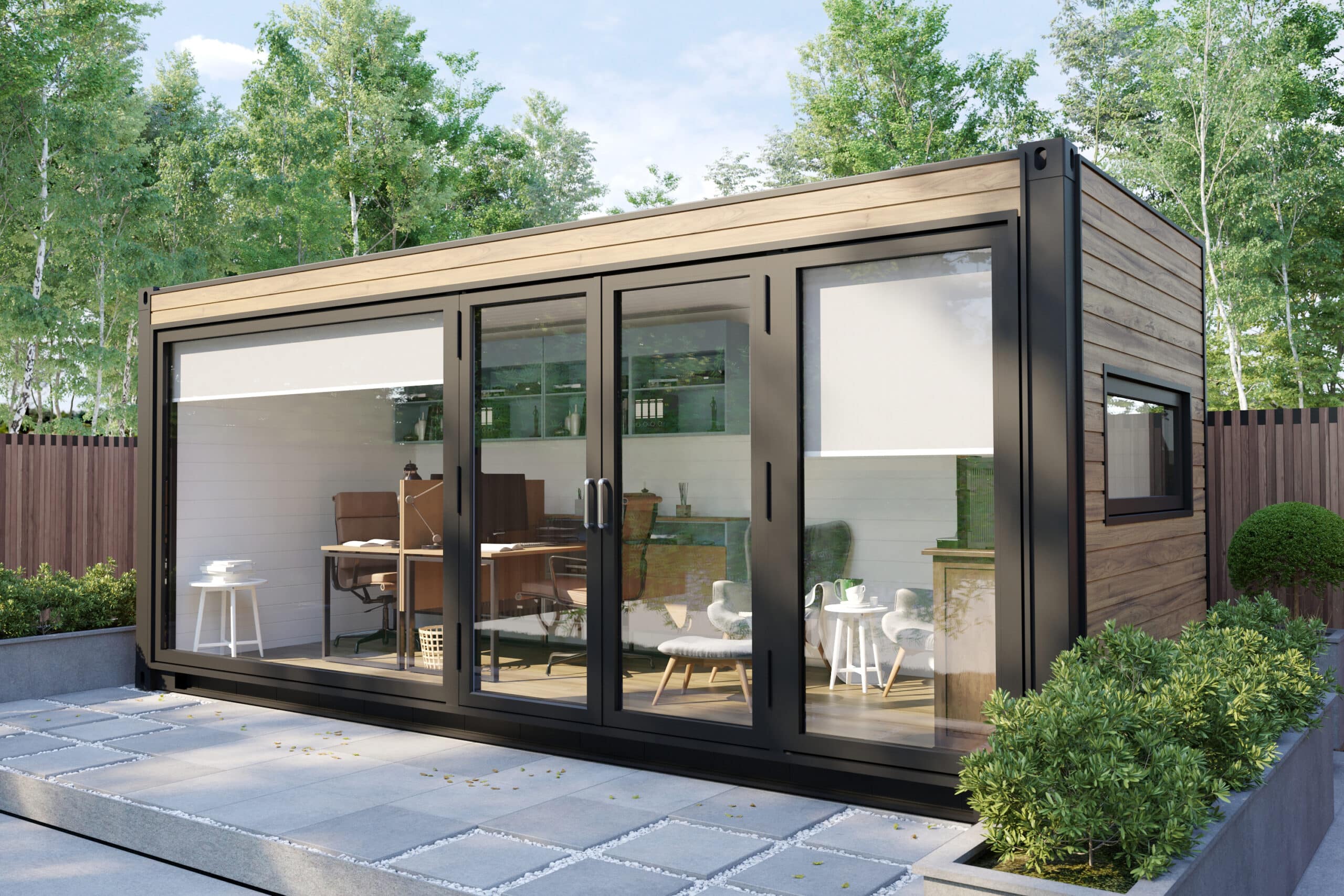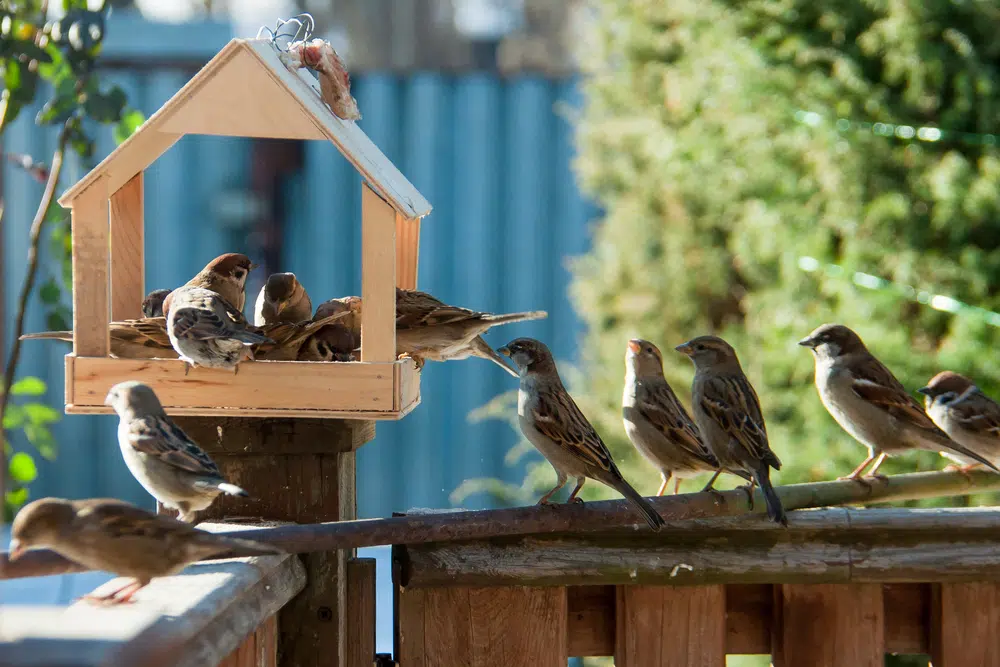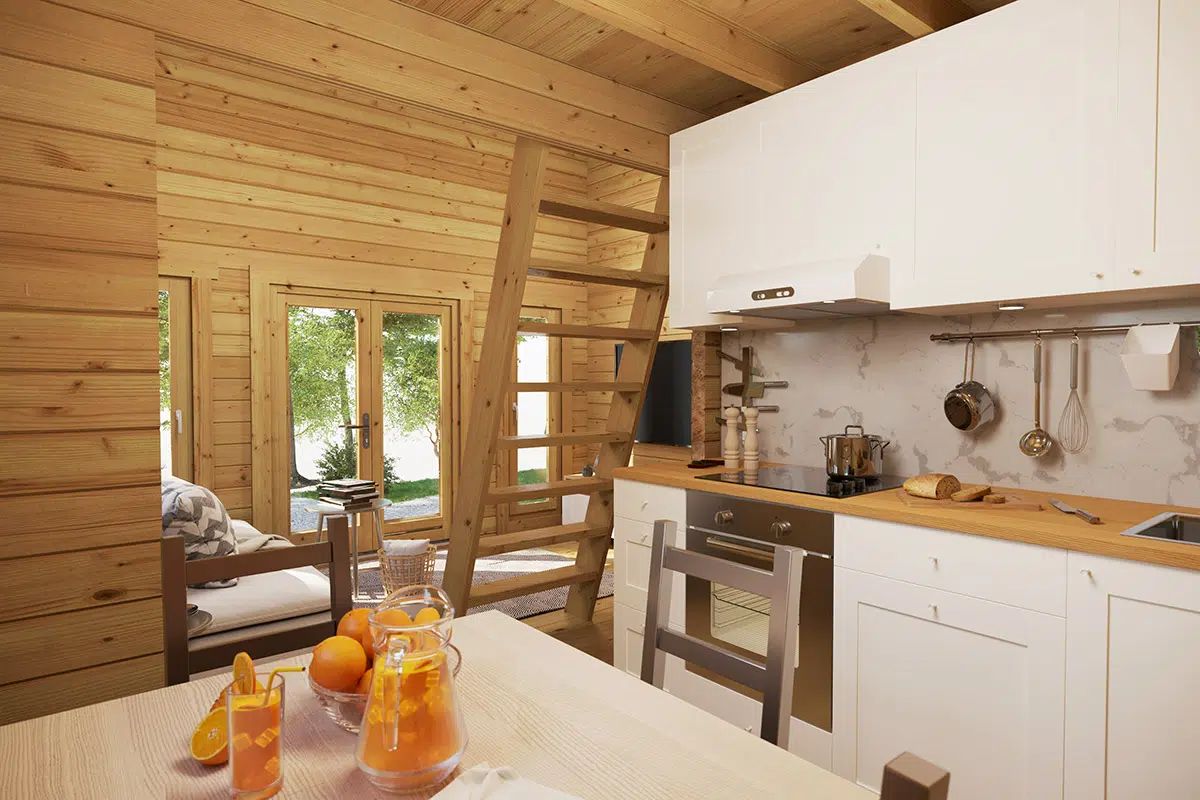The 5 Best Tips For Saving Energy in the Log Cabin
08.02.2018
Large log cabins, though cheaply available and quickly built have basic costs, and one of these are costs for energy. Of course, they are dependent on the usage of the log cabin as well as the frequency of usage. If you have a log cabin in the garden as a guest room, a garden sauna, a workshop, if you have built a log cabin somewhere in a nice natural environment for hot tub holidays, or if you live in your residential log cabin permanently: Costs for energy will depend on how often you are there.
Energy is used in two main forms, mainly heat and electricity. Heat can be produced by burning wood, oil, gas, coal etc. in ovens or burners, by solar power, or through electricity. As a matter of fact, all electric appliances also produce heat, sometimes as a by-product, and sometimes as a main purpose in electrical heaters, electrical cookers, or heat pumps. Electrical appliances like refrigerators, TVs or sound systems, computers, security systems, lighting, air conditioning etc. are the second big part of energy consumption in the log cabin.
However, in all cases, simple measures to save energy permanently will spare you some money in the future. Thus, we have compiled the five best tips to save energy for you.
1. Planning and building
If you are still looking for log cabins to live in, or you are looking forward to buying one of our log cabin kits, then it is still time to plan the location and position in such a way that the sun will help you with the heating. Large window fronts can face to the south or south-west so that the sun warms up the inner space. Passive heating and heat-conservation can be established by building a stone wall with a black surface and a glass to the outside into a south wall of your log cabin. This wall will store the heat and with stone being a good heat convector, it will be emitted into the inside at night by radiation and convection.
A large roof overhang to the south will prevent the steep summer sun from shining through the window, while the low winter sunshine can enter.
Another thing to consider before building a log cabin is, of course, the choice of the right model. Wall thickness and glazing are essential factors when it comes to energy saving. With timber being an excellent insulator in its own right, a few centimeters more wall thickness can make a big difference in heating costs respectively spare some time and effort when installing a highly efficient insulation that can easily make your inhabitable log cabin a low-energy house.
Double glazing should be a standard in a log cabin to live in.
2. Insulation
If you already own a log cabin and plan to convert it from a simple summerhouse to a wooden lodge to rent out or for any other purpose with all year-round usage, then you will spare some money through some additional insulation, even with a low-frequency usage. A well-insulated log cabin will lose the heat much slower and can easily be heated back to a comfortable living temperature after a period of non heating. So much so that it might even be worth considering adjusting the minimum temperature during the unused periods to not less than 10°C so that the re-heating will burn much less energy. In such a well-insulated log cabin, the loss of heat from 10°C inside to the outside will be negligible during most of the time.
We have set up a manual for you about how to insulate your log cabin from the inside.
In any case, if you plan insulating your log cabin, think about breathability. There is a reason for the comfortable and healthy atmosphere in log cabins and this has – among other things – to do with the ability of timber to absorb and emit moisture from the air. This is one reason why there is a well-balanced air humidity in log cabins that make living beneficial for patients with asthma or allergies.
So it might be advisable to avoid completely airtight layers. Timber is a natural, breathable material and you could keep its benefits by using natural breathable insulation materials like glass- or rock wool, soft board made of cellulose, hemp, wood shavings or similar materials. For the inner cladding, materials like wood or hemp plastering, lime plastering, clay, and other natural materials come to mind that not only have their own value for insulation but also look nice.
3. Lighting
LED lights are now by far the most energy-efficient lighting option for your log cabin. Meanwhile, they are available in all forms and designs and older energy-saving light bulbs can be exchanged little by little. Please be aware that the older spiral models contain mercury, so avoid breaking them to prevent the toxic mercury fumes from getting into the air.
Of course, off-grid solutions are also readily available with solar panels on the roof that feed a battery which will then provide electricity during the night.
Make it a habit to switch off the lights whenever you leave a room for a longer period. Changing habits and conscious energy consumption often have a good potential for energy saving.
4. Draft and ventilation
Regular ventilation is always beneficial during the periods that your log cabin is inhabited. The best method during the heating periods is shock ventilation rather than having a window tilted over longer periods. Shock ventilation will exchange the used air, but while the heated air should be completely exchanged, the short period of ventilation will not lead to a significant drop of temperature of all things in the log cabin and the walls. This way, heating up the air again will be achieved with a minimum of energy.
Another thing to look for is draft. Window frames and door frames can get leaky with the time and it might be good to reduce the draft by attaching foam strips to the leaky sides.
If you purchase a residential log cabin from us, all log cabin kits with more than 40mm wall thickness will have wall-planks with double groove and tongue connections so that there will be no draft through the walls. The dryness of our kiln dried timber is at 18% so that no major settling is to be expected. That means, if you assemble the log cabin kit well, it will be airtight with no drafts through the wall and it will stay this way.
5. Use household appliances with certified low energy-consumption
The same applies to electrical tools if you use your log cabin as a workshop, for sauna heaters in your garden sauna, for entertainment electronics in your “man-cave” garden lounge. In the household, the bigger appliances like washing machines, dishwashers, air conditioning, water heaters, electric heating, or clothes dryers are also the biggest consumers of electrical power, as expected. But also small appliances like coffee cookers, toasters, hair dryers, curling irons can use a lot of energy, mostly more than your refrigerator does. For all these appliances it is good to buy tested and certified labels with extra low energy-consumption.
Appliances should not remain on standby for longer periods. It might be a good idea, to also install wall sockets in your log cabin in a way that their power can be turned on and off with a switch at the entrance of the rooms.
For any questions, please contact us or call Oliver at 020 3807 0369!
Want to discuss over phone. Let us call back to you
If you need any additional info regarding any product, please fill in the below form and we will get back to you, usually the same or next working day.
Have any questions regarding some product?
If you need any additional info regarding any product, please send us your questions.




